Full circuit: Flos and Astep turn the lights back on for Gino Sarfatti
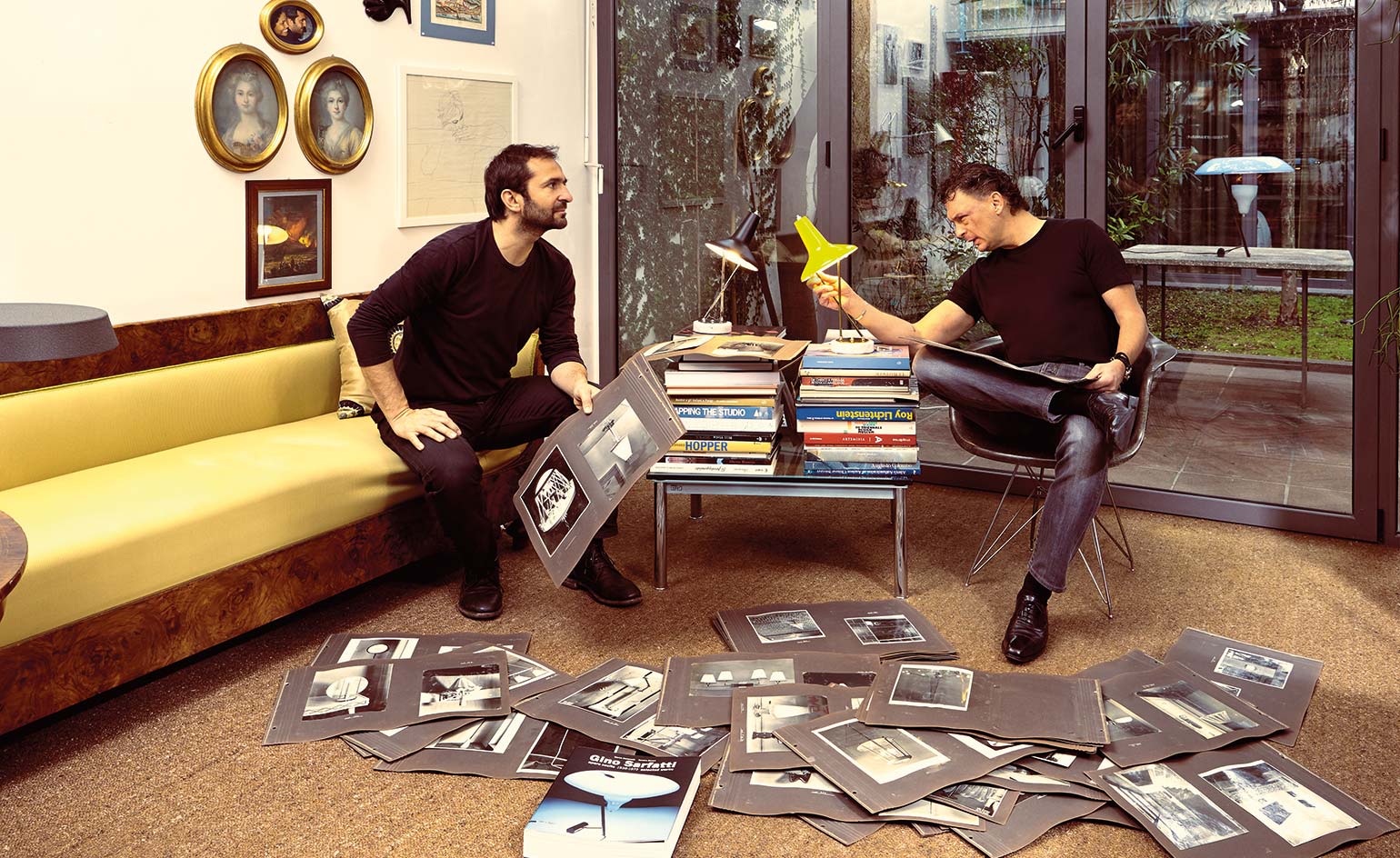
Alessandro Sarfatti is a third-generation lighting luminary on a mission to amplify his grandfather’s impressive archive of 20th-century lighting designs. Gino Sarfatti, one of the live wires of midcentury Italian illumination, was until recently largely unknown outside a select group of enthusiasts and collectors. But visitors to Euroluce, Salone del Mobile’s biannual lighting extravaganza, will be greeted by ‘Flos with Sarfatti’, a collaboration between Alessandro’s lighting brand, Astep, and inventive Italian stalwart Flos. Six reissued Gino designs will be displayed proudly between the stands of both companies.
The coming together of these two family businesses, each with a long and complex history, follows a resurgence of interest in Gino’s work since a 2012 retrospective at the Triennale Design Museum in Milan. The success of the exhibition encouraged Flos to dust off the drawings and reissue five of Gino’s designs in 2013, staying true to the originals but integrating the latest LED technology.
Numbered rather than named, each Gino Sarfatti light couples functional proficiency with honesty in construction and material composition. In the case of Model 1095 (1968), an exposed light bulb tops a tubular aluminium stem, supported by what looks like an oversized jar. The iconic Model 548 (1951) is a stemmounted spotlight that beams light into an upturned and brightly coloured methacrylate dish, which acts as a diffuser. Without wishing to oversimplify the results, there is an ‘A+B=C’ kind of approach in Gino’s designs. Models 1063, 2065, 2129 and the newly reissued 545 complete the ‘Flos with Sarfatti’ collection, brought entirely up to date by the latest production techniques and technologies.
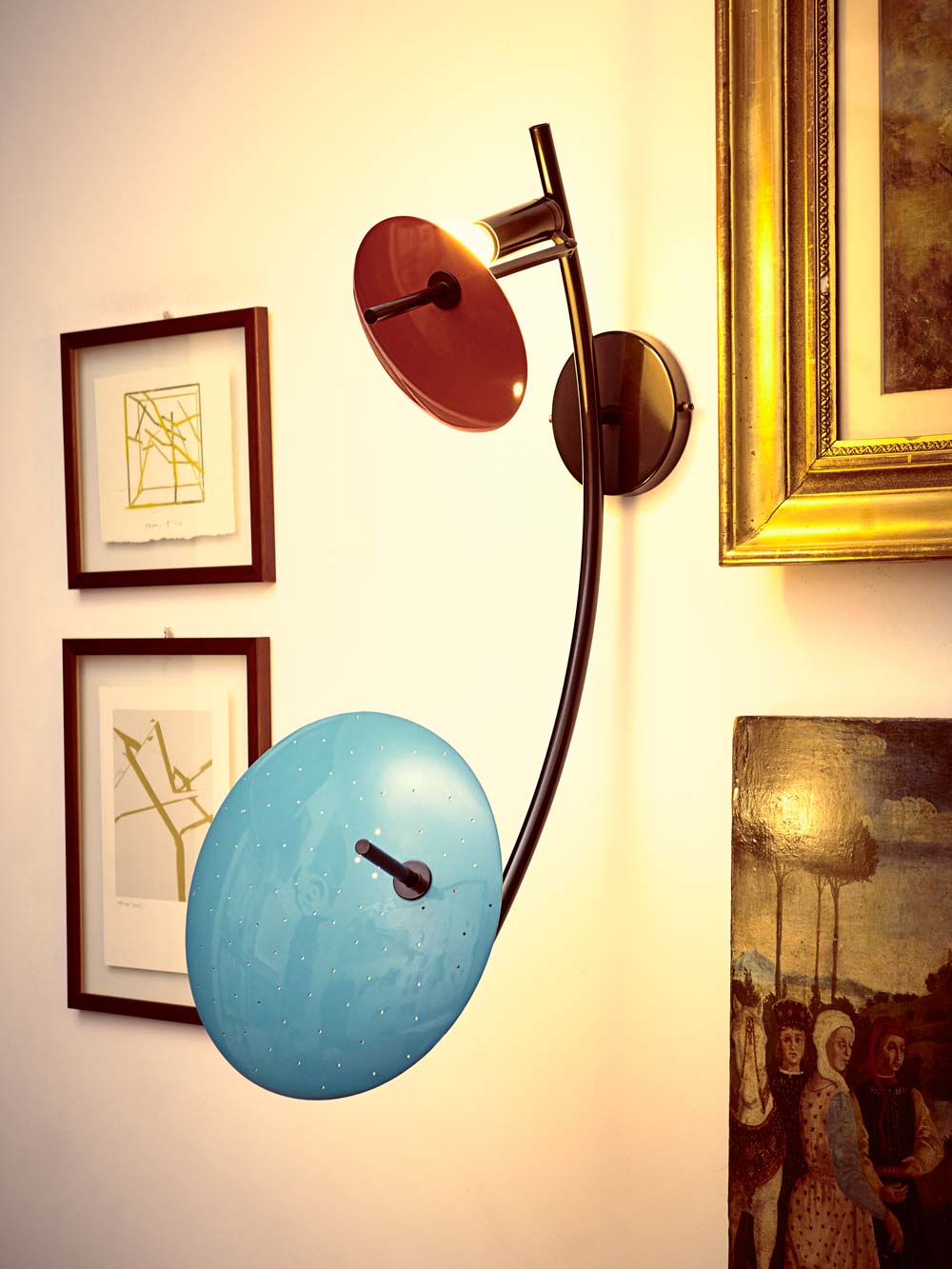
’Model 518’ (1940), a cup-shaped reflector in lacquered aluminium with polished brass tubing base.
The Sarfatti-Flos relationship dates back to 1973, when Flos acquired Gino’s Arteluce business ahead of his retirement – and with it a rich archive of designs created from 1939-73. But when Piero Gandini replaced his father, Sergio, as CEO of Flos in 1996, he closed the Arteluce brand. ‘Arteluce at that time was not reflecting or respecting the history that Gino Sarfatti developed,’ says Gandini. ‘I decided to close it because that brand was running totally different products to the Flos brand. We focused on developing Flos into the company it is today, but the Arteluce brand and the Gino Sarfatti name were somehow forgotten.’
That focus has paid off. Over the past two decades, Gandini has taken Flos from strength to strength by adding new divisions and internationalising the brand. In 2014, an 80 per cent stake was sold to Italian private equity firm Investindustrial. Producing bestselling lighting pieces by celebrated design talents such as Jasper Morrison, Philippe Starck, Patricia Urquiola and the late Achille and Pier Giacomo Castiglioni, Flos is a heavyweight in the industry and the natural flag-bearer for the Sarfatti name.
After the sale of Arteluce, the Sarfatti family continued to produce beautiful and innovative lighting. In 1978, having worked for a few years at Flos with Sergio Gandini, Riccardo Sarfatti, Gino’s son and Alessandro’s father, launched the Luceplan brand. Together with his wife, Sandra Severi, and prolific designer Paolo Rizzatto, Riccardo worked with some of the finest specialist industrial craftsmen on an extensive collection of lights.
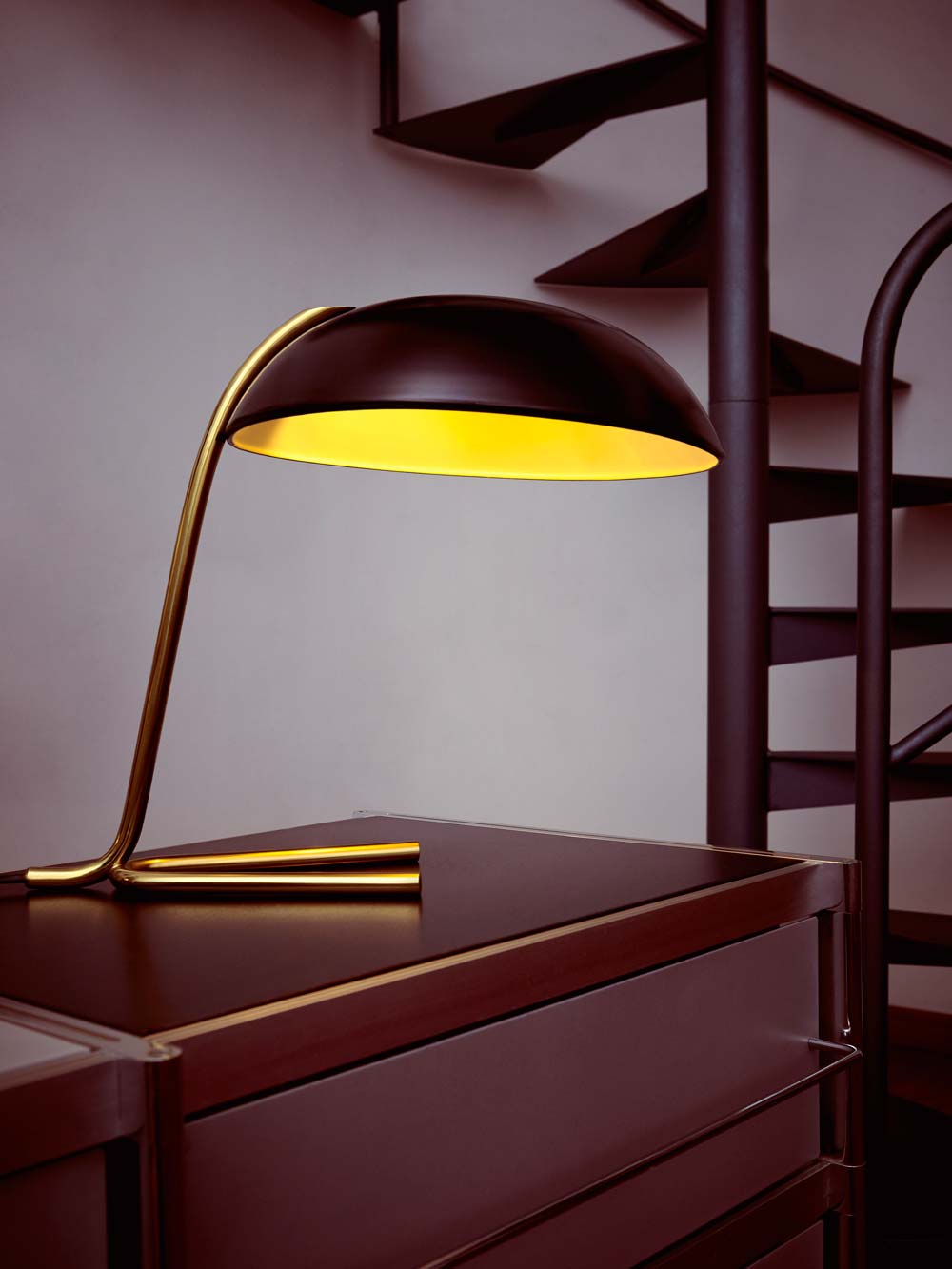
’Model 189’ (1951) features two micro-perforated aluminium reflectors.
Straight from his studies in economic sciences, Alessandro joined his parents’ business in 1996; he took the helm as CEO in 2005. His skills in product development stood him in good stead when he eventually left Luceplan, which by then had been sold to Philips. He moved to Copenhagen with his Danish wife in 2013, and established Astep with interaction designer and technologist Nicholas Zambetti in 2014. ‘I looked closely at the work of my grandfather, always admiring him and trying to study him from a human and psychological point of view, because I think the guy was quite complex,’ says Alessandro. ‘He had such a vivid and fertile imagination. He worked during the rebirth of Italy after the war, and the industrial and artisanal capacity was incredible. My father used to say to me, “We must work in all directions and in each one find a small amount of innovation.” At the roots of my company Astep, I try to always take these kinds of steps forward like my forebears.’
Piero Gandini’s collaboration with Alessandro’s nimble start-up reinforces the strong historic ties between the two families, originally formed long before Gandini or Alessandro could have predicted where that relationship might take them. ‘I like the fact that Flos goes on today with the Gino Sarfatti adventure that began together in the 1970s, and now continues with Gino’s grandson,’ says Gandini.
‘I considered how much I’m central to the legacy and to the history of my family and how much the past is connected to the future,’ Alessandro adds. ‘We have joined forces in reviving and making an edit of some of the Gino Sarfatti masterpieces that over the years have escaped attention, but now seem more relevant and essential than ever.’ And with more than 600 designs left in the archive, this collaboration has the legs to continue long into the future.
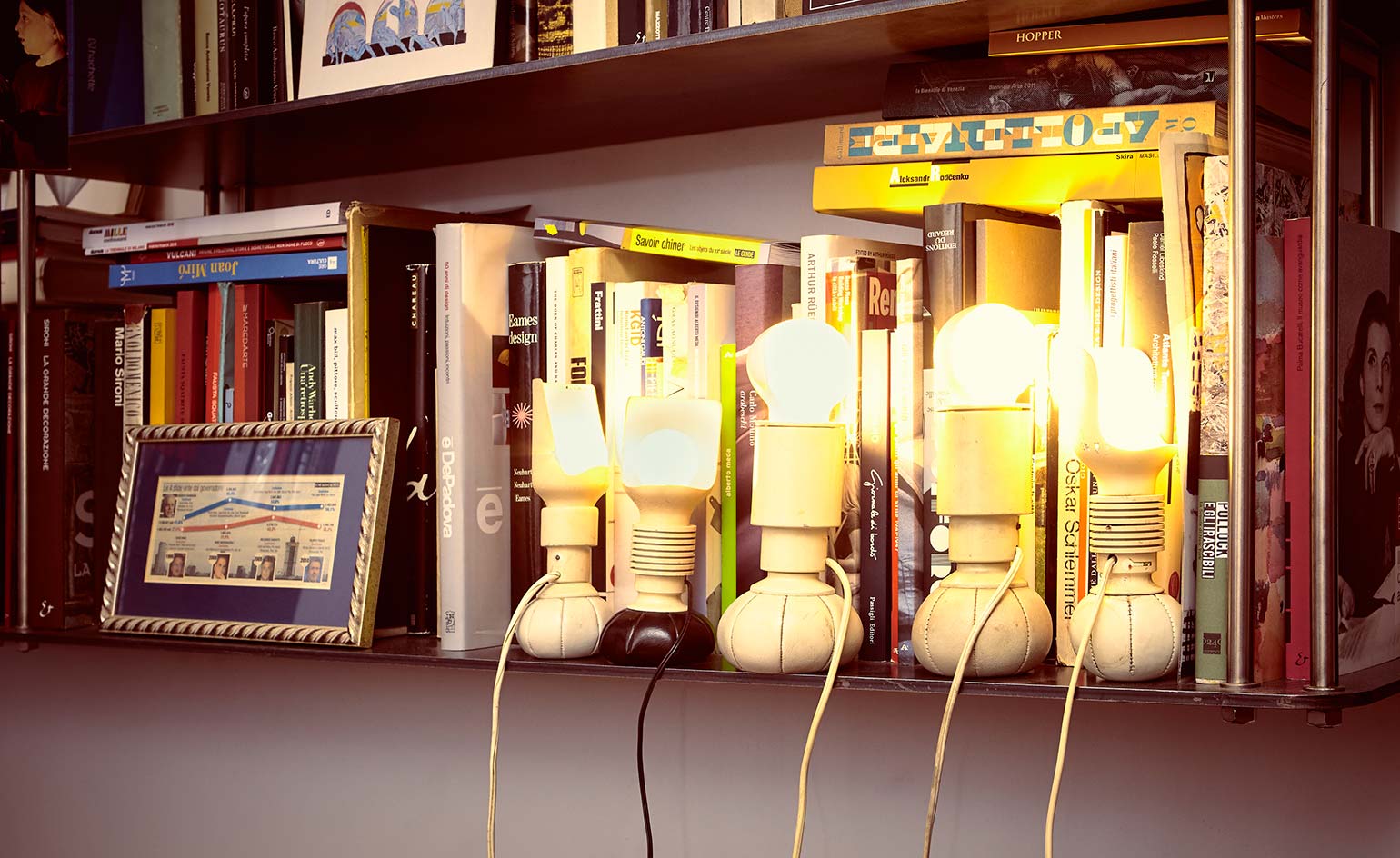
A group of 600C and 600P models (1996), all in lacquered aluminium
INFORMATION
For more information, visit the Flos website and the Astep website
Wallpaper* Newsletter
Receive our daily digest of inspiration, escapism and design stories from around the world direct to your inbox.
-
 All-In is the Paris-based label making full-force fashion for main character dressing
All-In is the Paris-based label making full-force fashion for main character dressingPart of our monthly Uprising series, Wallpaper* meets Benjamin Barron and Bror August Vestbø of All-In, the LVMH Prize-nominated label which bases its collections on a riotous cast of characters – real and imagined
By Orla Brennan
-
 Maserati joins forces with Giorgetti for a turbo-charged relationship
Maserati joins forces with Giorgetti for a turbo-charged relationshipAnnouncing their marriage during Milan Design Week, the brands unveiled a collection, a car and a long term commitment
By Hugo Macdonald
-
 Through an innovative new training program, Poltrona Frau aims to safeguard Italian craft
Through an innovative new training program, Poltrona Frau aims to safeguard Italian craftThe heritage furniture manufacturer is training a new generation of leather artisans
By Cristina Kiran Piotti
-
 Eight designers to know from Rossana Orlandi Gallery’s Milan Design Week 2025 exhibition
Eight designers to know from Rossana Orlandi Gallery’s Milan Design Week 2025 exhibitionWallpaper’s highlights from the mega-exhibition at Rossana Orlandi Gallery include some of the most compelling names in design today
By Anna Solomon
-
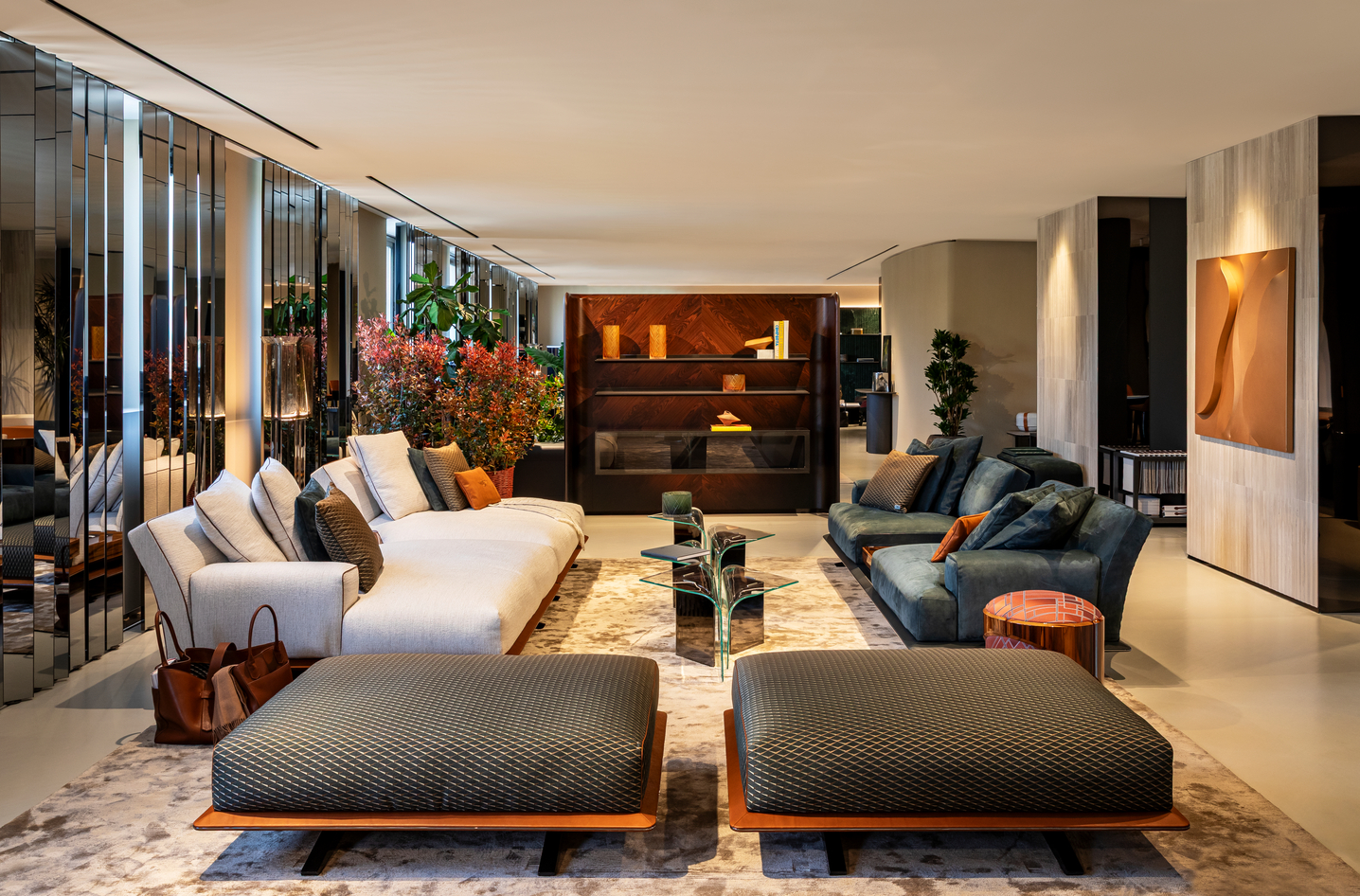 Bentley’s new home collections bring the ‘potency’ of its cars to Milan Design Week
Bentley’s new home collections bring the ‘potency’ of its cars to Milan Design WeekNew furniture, accessories and picnic pieces from Bentley Home take cues from the bold lines and smooth curves of Bentley Motors
By Anna Solomon
-
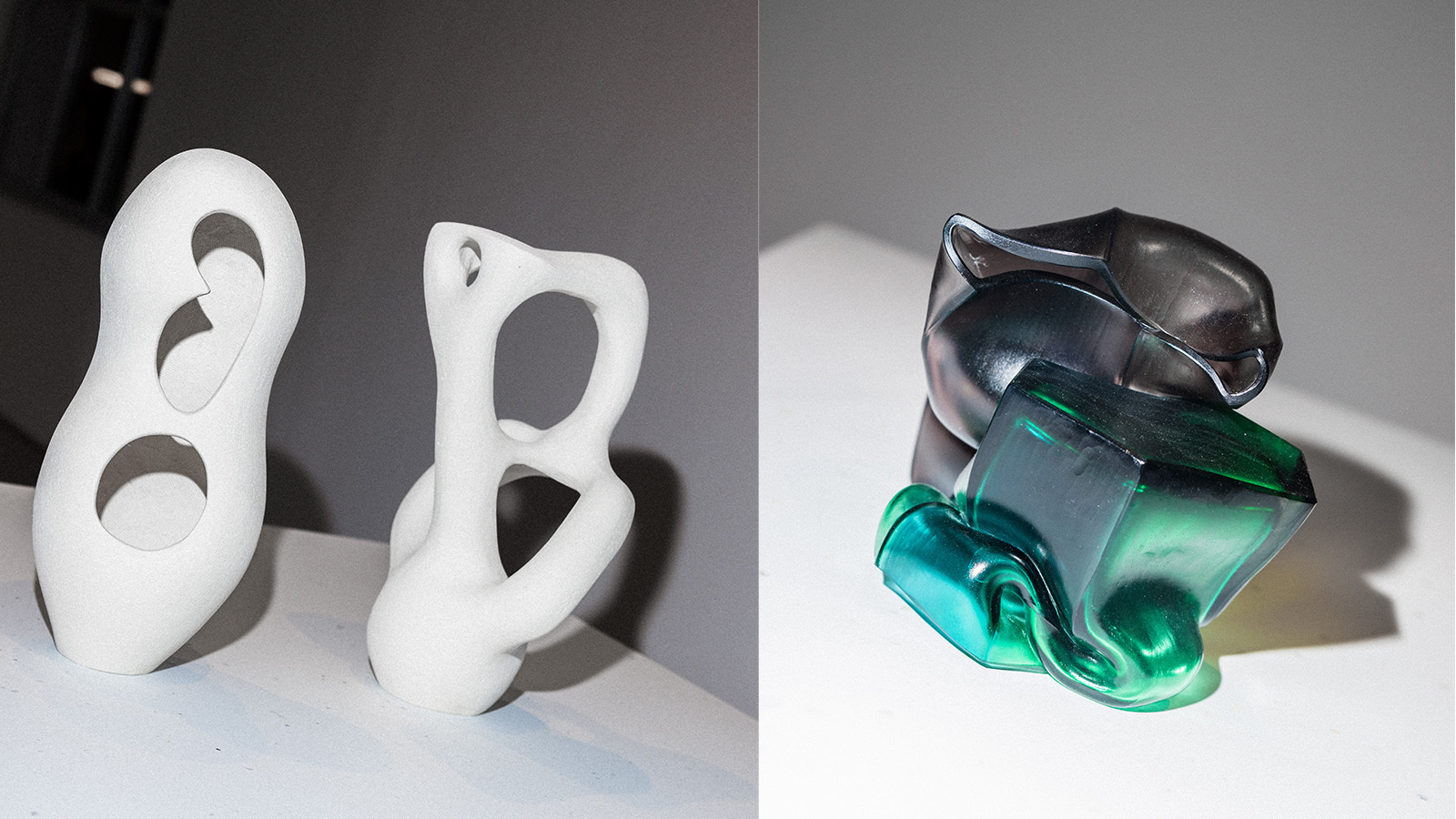 StoneX partners with Wallpaper* for material alchemy at Milan Design Week and beyond
StoneX partners with Wallpaper* for material alchemy at Milan Design Week and beyondThe natural stone purveyor teams up with Wallpaper* for a three-year partnership of material adventures, starting with an exhibition at Triennale di Milano
By Simon Mills
-
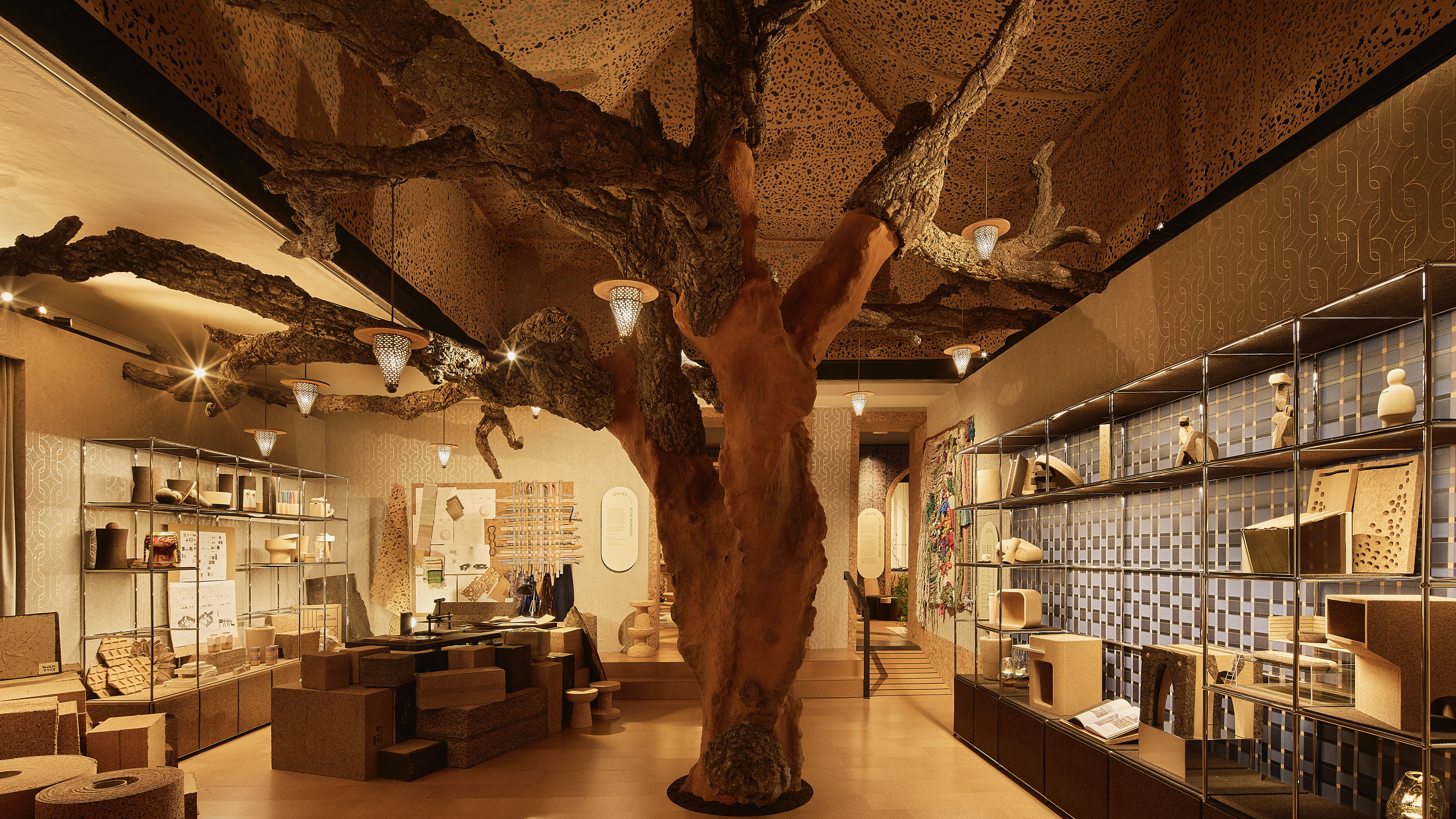 David Rockwell’s Milan Design Week presentation is a love letter to cork
David Rockwell’s Milan Design Week presentation is a love letter to corkRockwell Group’s Casa Cork installation showcases this under-appreciated material, which is infinitely recyclable and sequesters carbon for decades
By Anna Solomon
-
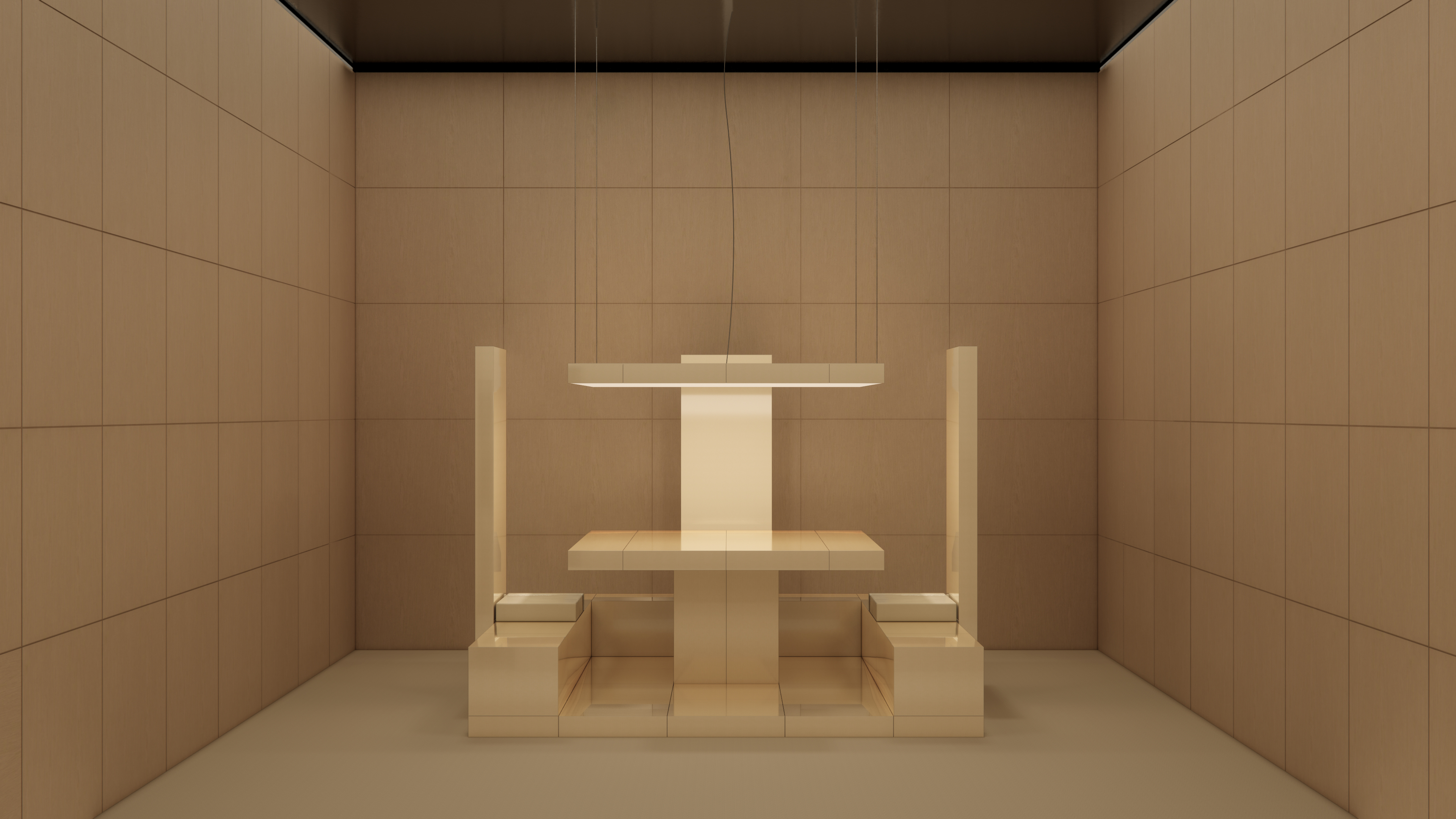 Emerging galleries to discover during Milan Design Week
Emerging galleries to discover during Milan Design WeekWallpaper’s Milan editor has the inside track on the younger design galleries coming to town
By Laura May Todd
-
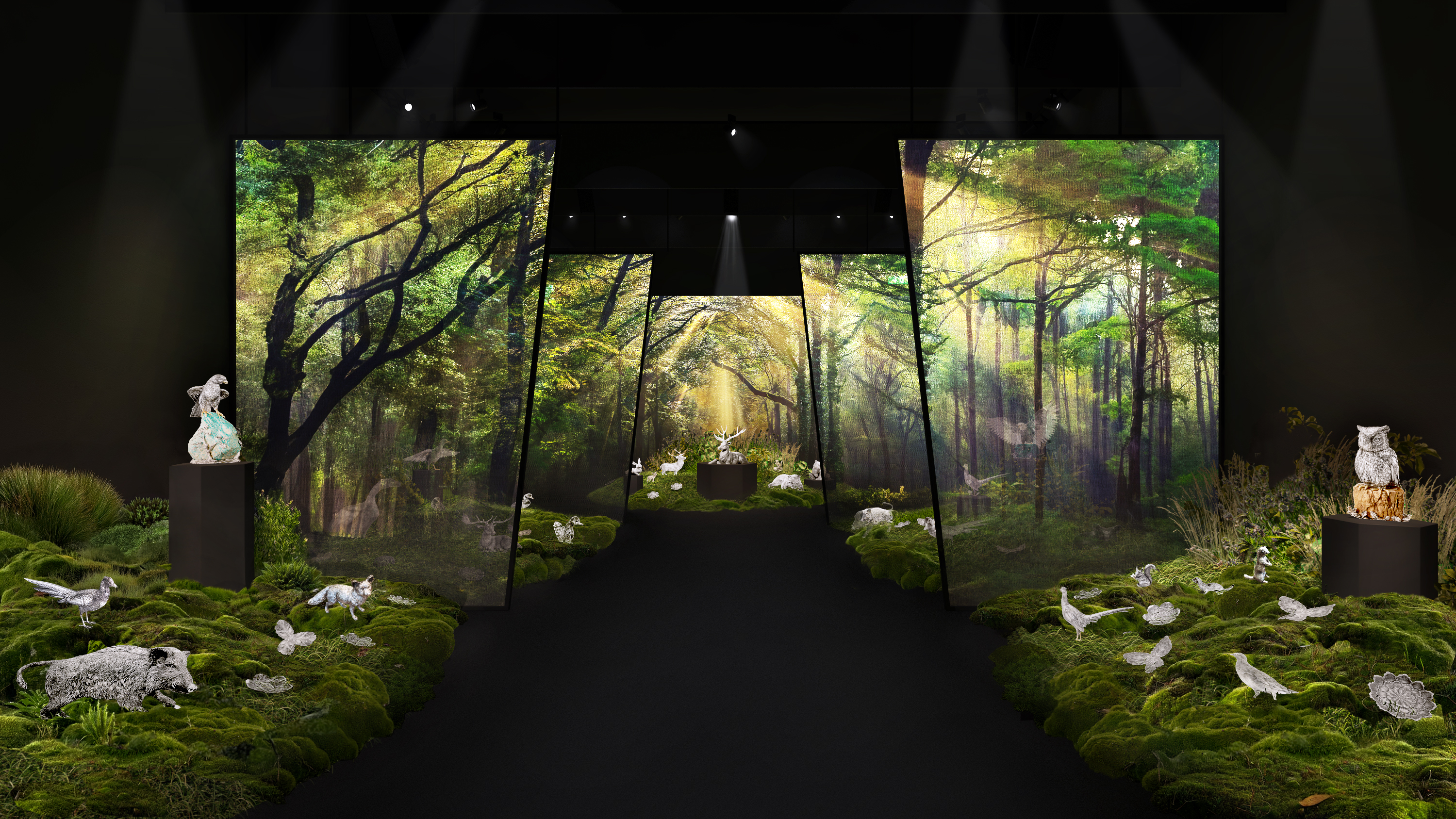 Buccellati brings the forest and Furry Animals to Milan Design Week
Buccellati brings the forest and Furry Animals to Milan Design WeekThe jewellery and silverware maison falls back on tradition for its Milan showcase, presenting its now-emblematic collection of intricately crafted creatures
By Laura May Todd
-
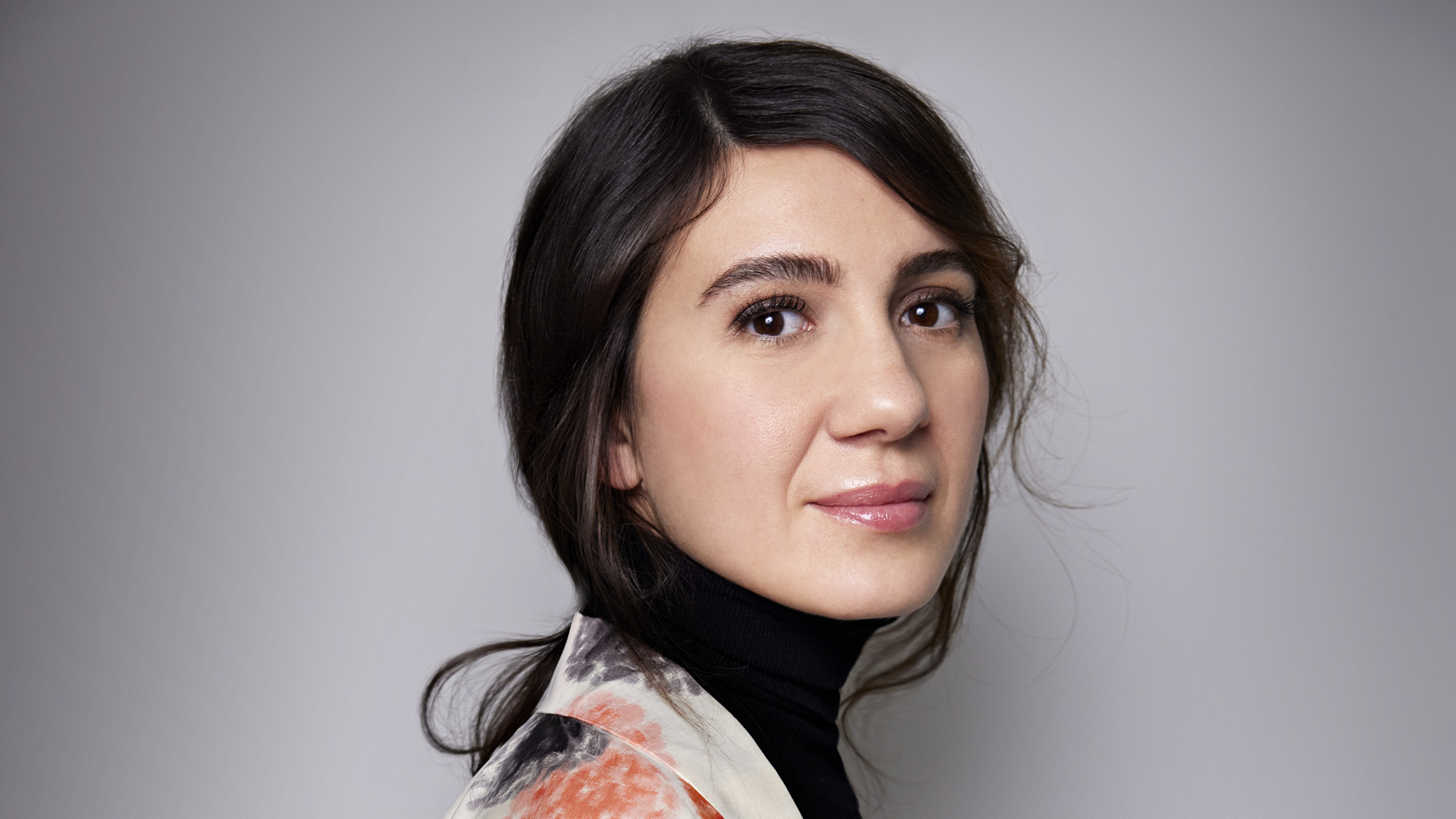 Where next for Salone del Mobile? Maria Porro on the future of the world’s biggest furniture fair
Where next for Salone del Mobile? Maria Porro on the future of the world’s biggest furniture fairAhead of Salone del Mobile 2025 in Milan, we sit down with its president to talk design, data and forging the event’s future in a fast-changing world
By Hugo Macdonald
-
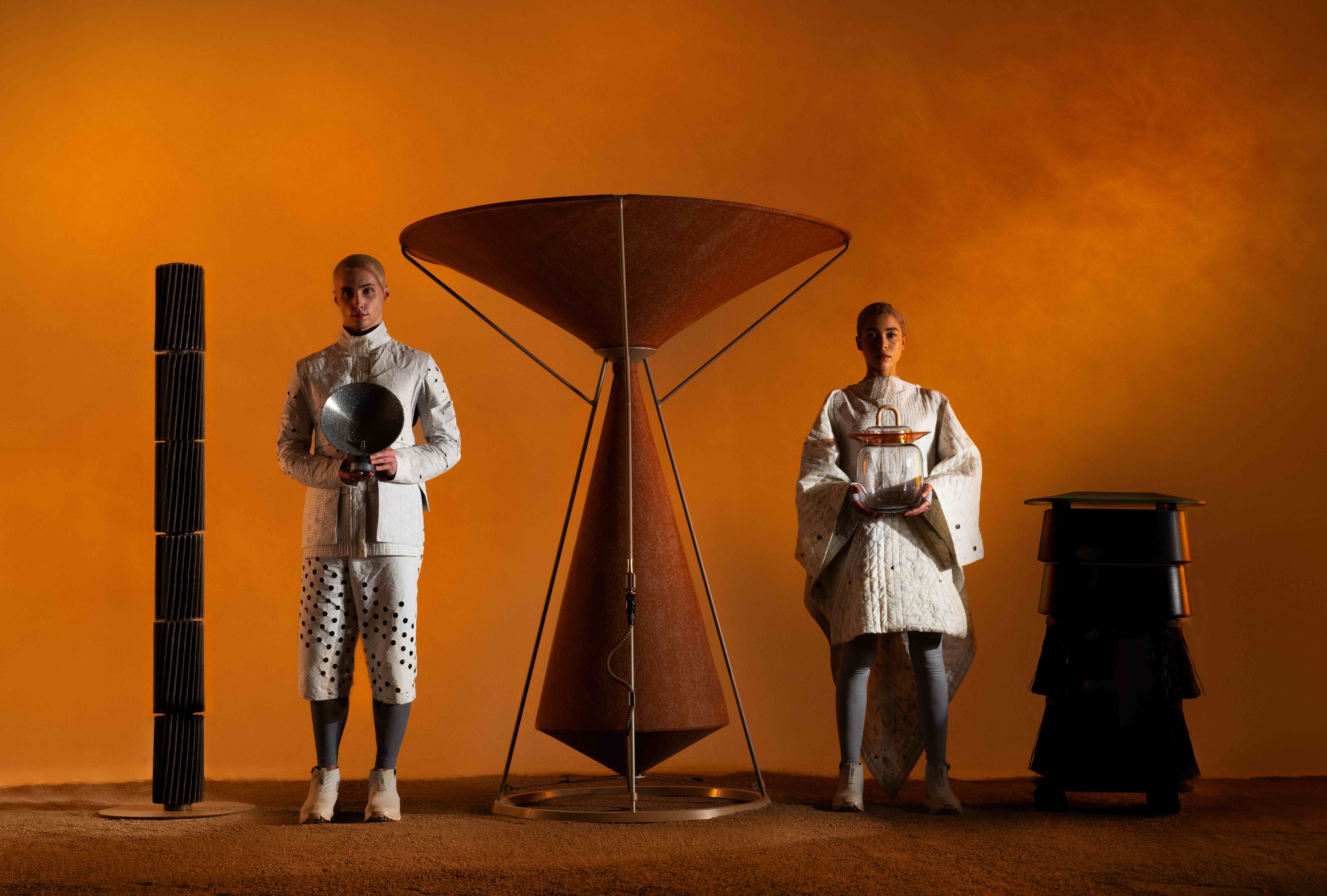 What to see at Milan Design Week 2025
What to see at Milan Design Week 2025A guide to some of the events the Wallpaper* team is checking out at Milan Design Week (7–13 April) – from public installations and major launches to standout venues and must-see exhibitions
By Hugo Macdonald